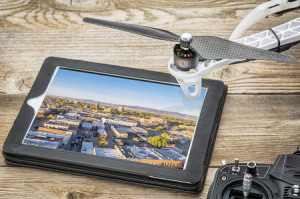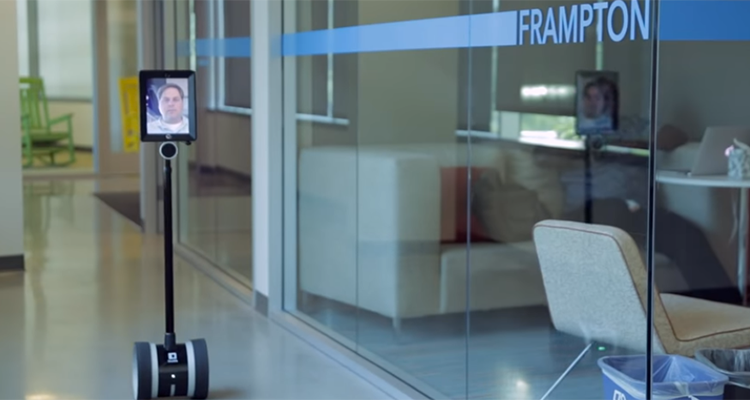InfoComm: Formal Drone Education Is Optional, But That’s About to Change
 By Kevin Kelly
By Kevin Kelly
Stampede
A standardized, commercial unmanned aerial vehicle (UAV) education curriculum has not yet been established by the Federal Aviation Administration (FAA). As a result, virtually anyone can market himself or herself as a commercial drone operator. The barriers to entry are minimal.
However, as the number of businesses utilizing drones continues to increase, the drone-piloting labor pool will respond both by growing to meet market demand and simultaneously becoming more specialized. As this evolution unfolds, formal UAV education and training will shift from “nice-to-have” to a prerequisite for surviving this more competitive and specialized labor pool. And for proof of this inevitable trend, we can look to the history of various developed industries, such as personal computing, and recent commercial drone industry analysis.
In the early-1990s, the nascence of PC technology allowed any intelligent, forward-thinking, and opportunistic individual to enter the field, regardless of education or prior experience. However, as the industry evolved, and the employment pool boomed, it became both more competitive and specialized. Experts in personal computing subdivided into subject matter experts in hardware, software, middleware, front-end design, back-end coding, etc. — each division becoming increasingly more competitive, as salaries and profit opportunities ballooned. To survive this highly specialized and competitive market, university-level coursework in computer science and engineering became a prerequisite to industry success.
Fast-forward to today and we’re again witnessing the rapid evolution of an industry. According to a 2013 report issued by the AUVSI, by 2025, the commercial drone industry will account for more than 100,000 jobs and $82-billion in economic impact. And, encouragingly, this projection was supported in spades by a September 2015 report issued by the FAA.
As of September 10, 1,400 companies, spanning more than 25 major industries in 49 of the 50 states, are FAA-approved to fly drones commercially — up from just 12 at the start of this year. What’s more, the rate of this approval is accelerating, now up to over 50 each week. Maintaining this pace, by the time 2015 closes, we could see as many as 2,200 businesses utilizing drones in their operations. The commercial drone revolution has landed.
And to use the PC industry’s development as a reference point for 2016 and beyond, with this boom in drone-approved businesses will come an equally booming demand for commercial drone operators, increased labor specialization — to counter new market complexities — and a need for formal education to survive this more competitive and specialized employment landscape.
Joe Polillio, a professional photographer/videographer, understands this industry trend firsthand. In the early years of the 21st century, photography made major strides with the advent of the digital camera. However, these advancements in automatic lens focus, digital-image processing, and image retouching software (e.g. PhotoShop) also made photography, well, easier. Soon, anyone with a digital camera and a keen eye for design could label himself or herself as a professional. Thanks to the digital camera, the labor pool grew exponentially and thus became an order of magnitude more competitive.
However, understanding both the need to differentiate himself to survive this digital world, along with the intriguing potential offered by drone-based photography/videography, Joe sought formal education and training at Unmanned Vehicle University. By doing so, he equipped himself with the expert knowledge and training on drones to ensure that he will remain on the cutting-edge of the photography/videography industry.
Drones represent the world’s next great commercial technology revolution. For years, its arrival has been highly anticipated, but the aforementioned FAA report is firm proof that the revolution has landed. And, like in the early days of any groundbreaking technology, there’s money to be made and opportunities to be seized. However, doing so requires staying one step ahead of the herd — differentiating yourself from the masses. And right now, while it’s still possible, the only way to do so is through formal UAV training and education at a licensed institution.
This blog has been reprinted with permission from InfoComm International and originally appeared here.





